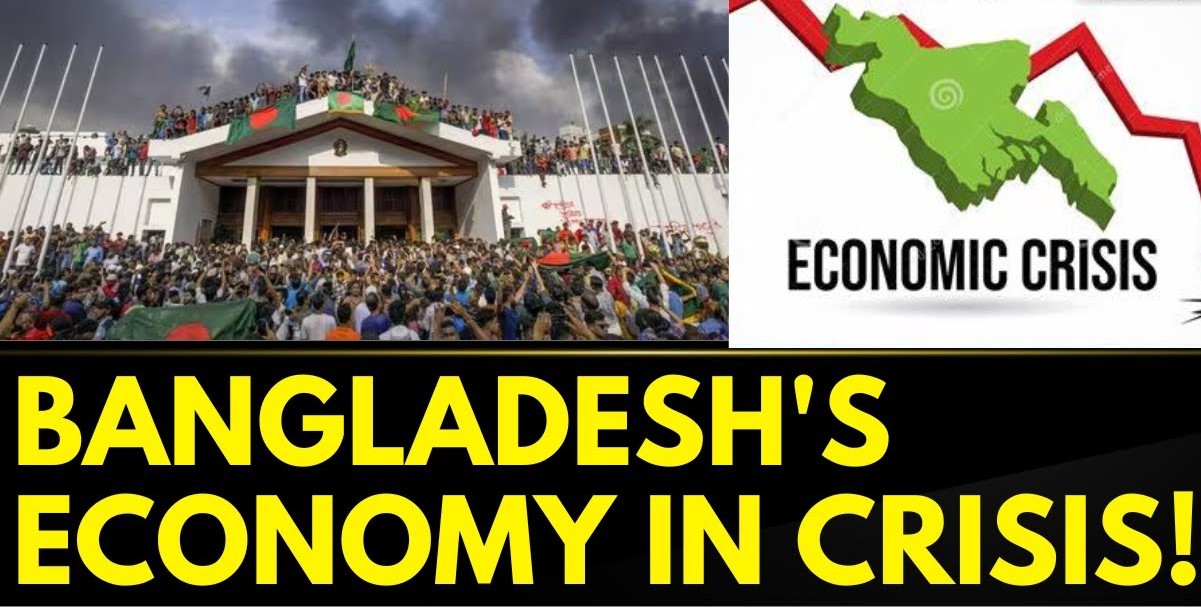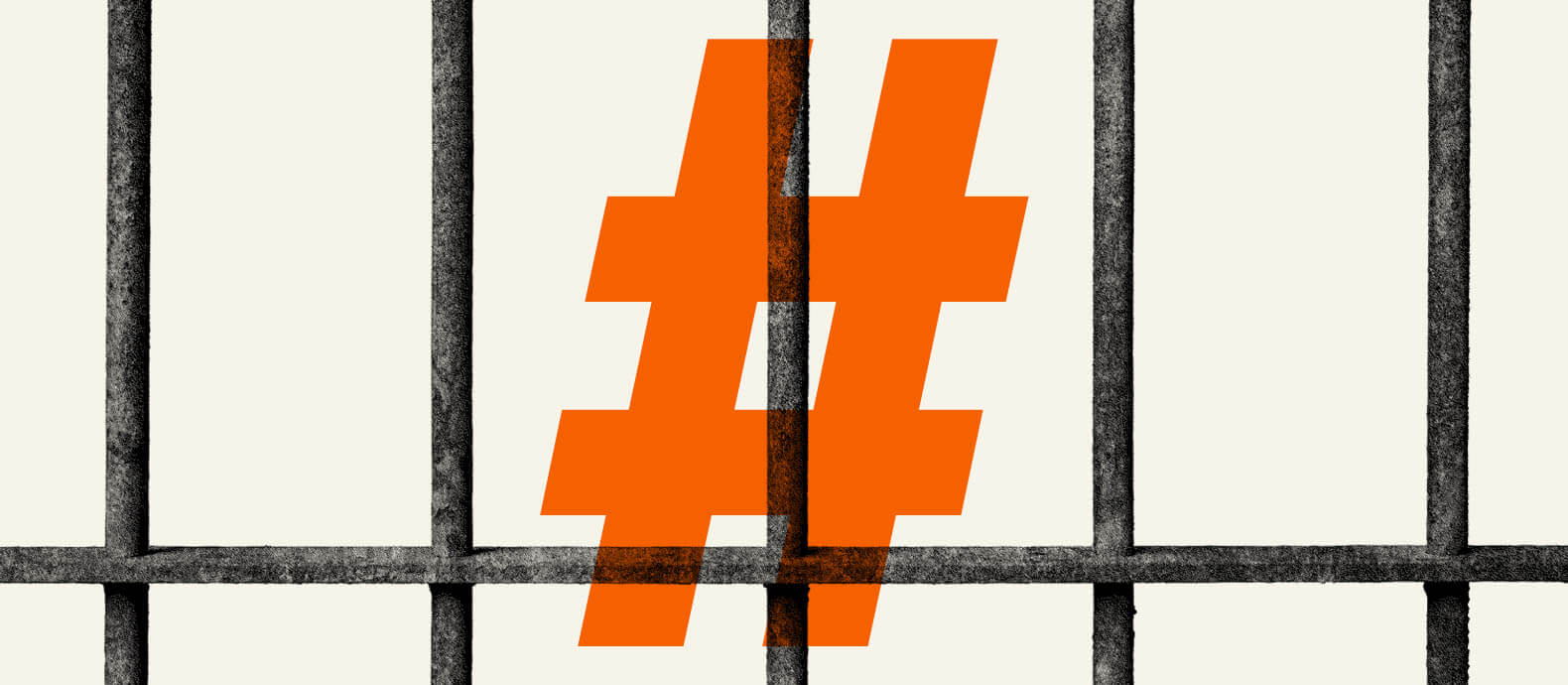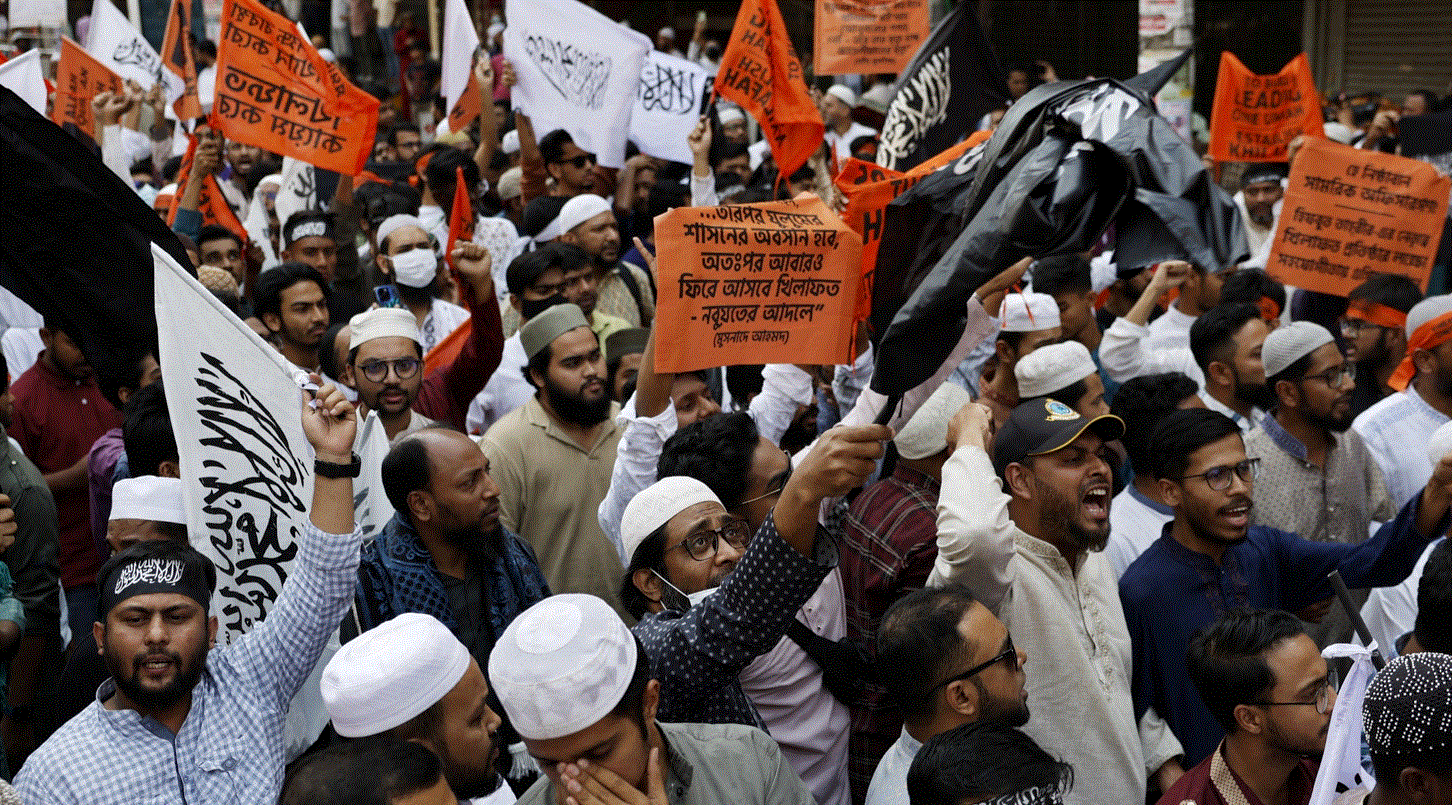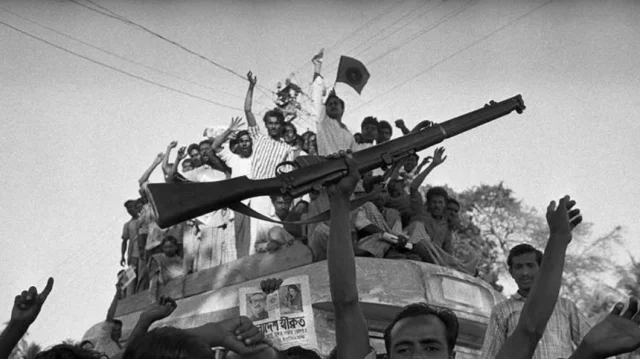In an era where change is broadcast live and justice is hashtagged, Generation Z has…

Sabotaging Sovereignty: The Assault On Bangladesh’s Economy And The Role Of Muhammad Yunus
S M Maruf
Over the past fifteen years, Bangladesh has achieved significant progress in promoting local economic growth. Through a mix of government-supported infrastructure projects, SME financing, and focused industrial policies, the country proved that self-reliance was achievable. It became a real possibility. However, that progress is now being systematically undermined. The ongoing attack on Bangladesh’s economy is not due to random unrest or natural market corrections. Instead, it results from deliberate interventions, both domestic and international, aimed at preventing the country’s move toward economic independence. While foreign influence has historically shaped Bangladesh’s development, what we observe now is not just influence — it is active sabotage.
To fully understand this unfolding crisis, we must examine both the colonial past and its modern-day extensions. The British Raj devastated Bengal’s economic autonomy by forcibly integrating it into an exploitative global supply chain. Bengal’s renowned muslin industry—famous for its craftsmanship and global demand—was destroyed through policy, taxation, and, in some cases, violent suppression. The British flooded the local market with cheap industrial textiles from Manchester, effectively killing indigenous textile production. By the time the British left in 1947, Bengal had shifted from a prosperous manufacturing hub to a raw material supplier and consumer market for foreign goods (Roy 2011).
This colonial blueprint never truly disappeared. Instead, it evolved. In the post-independence period, Bangladesh entered the global economic order under structurally disadvantageous terms. Neoliberal policies, imposed through conditional loans and trade agreements, prematurely and indiscriminately opened Bangladesh’s markets. Domestic industries that were still in their infancy were forced to compete with subsidized imports. At the same time, institutions such as the IMF and World Bank pressured successive governments to adopt fiscal austerity, resulting in cuts to public investment in sectors that could have nurtured local industry (Sobhan 2002).
Amid this context, Muhammad Yunus’s microcredit model gained international fame. Promoted as a grassroots revolution in development, microfinance in Bangladesh was portrayed as the antidote to poverty. However, numerous empirical studies have since dismantled this myth. Microcredit rarely funds business expansion or industrial growth. Instead, it concentrated on consumption-based lending—small-scale borrowing that maintained subsistence but did not transform it (Bateman 2010). Most recipients were trapped in high-interest cycles, borrowing from one institution to repay another, and often using loans for basic needs rather than productive investment (Karim 2011).
The true utility of microcredit was geopolitical. It served as a convenient narrative for the West. Rather than supporting Bangladesh’s industrial autonomy or demanding structural reform in global trade, Western donors and institutions could point to Grameen Bank and say, ‘development is happening.’ In truth, microfinance deflected attention from the urgent need to build local factories, improve supply chains, and support national entrepreneurs. Yunus, willingly or not, became the poster figure of this diversion. His alignment with foreign media, corporate philanthropy, and even private sector giants allowed microcredit to flourish while the local industry withered.
By the late 2000s, a new developmental model began to emerge under Sheikh Hasina’s administration. For the first time, public policy prioritized local industrialization. Bank interest rates for SMEs were reduced to single digits. State-owned banks like the Employment Bank and Agricultural Bank started disbursing loans to rural entrepreneurs. Cold storage was built, river dredging improved logistics, and digital payment systems expanded financial inclusion. Between 2009 and 2023, the share of domestic manufacturing in GDP increased steadily, while extreme poverty rates (national) dropped from 31.5% in 2010 to 18.7% in 2022 (World Bank 2024).
This shift directly challenged the microcredit orthodoxy. Yunus’s model, based on atomized lending and donor mediation, was being overshadowed by an industrial-capital logic. And with it came friction. International praise for Yunus grew louder just as his domestic credibility started to decline. The confrontation between Yunus and Hasina’s government in courts and political debates signalled not just a personal feud, but a clash over conflicting visions for Bangladesh’s future. One (Yunus) vision relied on fragmented, donor-managed poverty relief. The other (Hasina) focused on large-scale employment, industrial production, and economic self-determination.
In July 2024, amid political uncertainty, violence erupted across key industrial belts. What began as protests over student quotas transformed into coordinated assaults on garment factories, plastic manufacturers, and pharmaceutical units. The showroom of YELLOW—a prominent local apparel brand—was vandalized, along with RFL’s manufacturing plants in Comilla and Mymensingh. Gazi Tyres’ production line in Narayanganj was halted after its factory was attacked. Footage from these events shows not spontaneous mobs but trained actors executing targeted destruction. These attacks bore the hallmark of sabotage, not protest (Daily Star 2024).
Following Prime Minister Sheikh Hasina’s abrupt departure on August 5, 2024, the violence escalated further. By mid-September, hundreds of thousands of workers across industrial and service sectors had lost their jobs. The garment sector—Bangladesh’s lifeline—was paralyzed. The World Bank slashed the country’s growth projection for FY2025 to 4.0%, citing ‘industrial unrest’ and ‘supply chain collapse’ (World Bank 2024). But these were not economic accidents. They were engineered events. They followed a clear pattern: destabilize local industry, create financial panic, undermine consumer confidence, and shift control of markets back into foreign hands.
It is within this context that Yunus’s legacy must be critically reevaluated. He did not invent poverty, nor did he single-handedly suppress industry. But his model served to normalize a low-ambition development strategy—one that emphasized survival over prosperity. As Bangladesh moved away from that model toward one grounded in production, sovereignty, and self-reliance, the institutions that had once celebrated Yunus began to resist. Their support shifted toward destabilization. And Yunus, instead of defending local industry or condemning foreign interference, remained curiously silent.
The economic wounds inflicted in July and August 2024 will take years to heal. They are not just numbers in a GDP report. They represent ruined factories, unemployed workers, and the shattered momentum of a national project that dared to envision independence beyond flags and anthems. Rebuilding will require more than investment. It will demand the courage to name collaborators, reject models of managed poverty, and reclaim Bangladesh’s economic narrative. The time for passive applause is over. What is needed now is decisive, nationalist, and production-led reconstruction.
References
- Bateman, Milford. Why doesn’t microfinance work?: The destructive rise of local neoliberalism. Bloomsbury Publishing, 2010.
- Centre for Policy Dialogue (CPD). “State of the Bangladesh Economy in FY2023-24: Third Reading.” Dhaka: CPD, 2024. https://cpd.org.bd/publication/state-of-the-bangladesh-economy-in-fy2023-24-third-reading/
- Daily Star. “Workers Bear the Brunt of Politically Motivated Attacks on Businesses.” The Daily Star, August 12, 2024. https://www.thedailystar.net/business/news/workers-bear-the-brunt-politically-motivated-attacks-businesses-3688326
- Karim, Lamia. Microfinance and its discontents: Women in debt in Bangladesh. U of Minnesota Press, 2011.
- Roy, Tirthankar. 2011. “Where is Bengal? Situating an Indian Region in the Early Modern World Economy.” Past & Present, 213(1): 115-146. https://doi.org/10.1093/pastj/gtr009
- Sobhan, Rehman. “The political economy of the state and market in Bangladesh.” Center for Policy Dialogue. Dhaka. Bangladesh. Sobhan 344 (2002). https://bea-bd.org/assets/articlesPhoto/VolNo_20230404134108.pdf.
- World Bank. “Bangladesh Development Update: October 2024.” Washington, D.C.: World Bank Group, 2024. https://knowledge4policy.ec.europa.eu/publication/bangladesh-development-update-october-2024_en.
The Author is a PhD Researcher and Assistant Professor at a University




Comments (0)